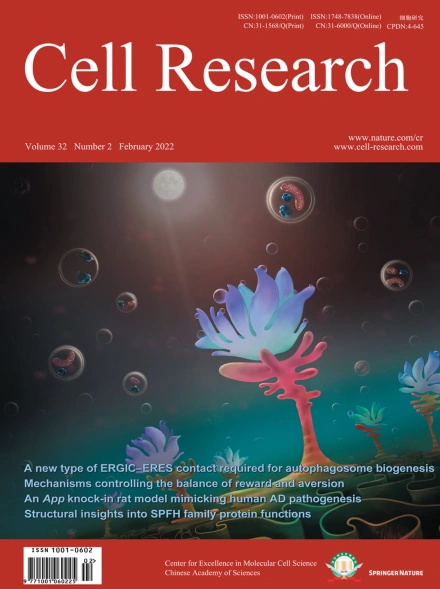
Advanced Search
Submit Manuscript
Advanced Search
Submit Manuscript
Volume 32, No 2, Feb 2022
ISSN: 1001-0602
EISSN: 1748-7838 2018
impact factor 17.848*
(Clarivate Analytics, 2019)
Volume 32 Issue 2, February 2022: 210-213 |
Molecular insights into ligand recognition and G protein coupling of the neuromodulatory orphan receptor GPR139
Yali Zhou1,2,3,4 , Henrik Daver5 , Boris Trapkov5 , Lijie Wu1 , Meng Wu1 , Kasper Harpsøe5 , Patrick R. Gentry5 , Kaiwen Liu1 , Marina Larionova1,6 , Junlin Liu1 , Na Chen1 , Hans Bräuner-Osborne5,* , David E. Gloriam5,* , Tian Hua1,2,* , Zhi-Jie Liu1,2,*
1iHuman Institute, ShanghaiTech University, Shanghai, ChinaDear Editor,
The G protein-coupled receptor GPR139 is involved in neuromodulation, and one of its agonists is in clinical trials for the treatment of cognitive impairment and negative symptoms of schizophrenia. While GPR139 is a understudied ‘orphan’ receptor, it can be activated by the amino acids L-Trp, L-Phe1 or α-Melanocyte-stimulating hormone (α-MSH) which is an endogenous agonist of melanocortin receptors.2,3 GPR139 activation triggers several G protein pathways of which Gq/11 is the primary.4,5,6,7 Of note, the expression of GPR139 correlates with that of the μ-opioid and dopamine D2 receptors in a broad range of the central nervous system (CNS), which acts as a regulator of μ-opioid and dopamine signaling.6,7,8,9 For example, GPR139 antagonist JNJ-3792165 increases the sensitivity of the μ-opioid receptor to morphine.6 Hitherto, the structural basis of how ligands interact with and activate GPR139 to transduce diverse signals has remained unknown. Furthermore, the more physiologically relevant intermediate states of GPCR–G protein complex structures in the nucleotide-bound forms are also elusive. Here, we report the cryo-electron microscopy (cryo-EM) structures of GPR139 in complex with a key reference ligand JNJ-63533054 which is a
https://doi.org/10.1038/s41422-021-00591-w